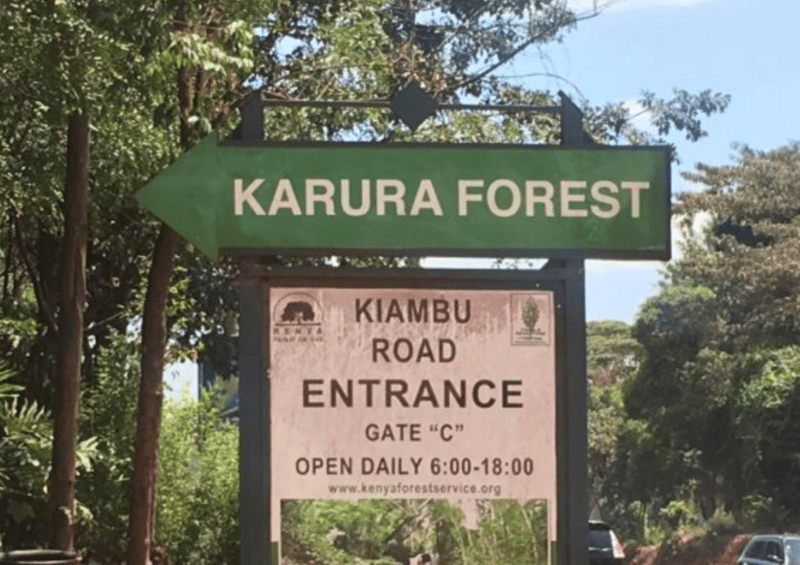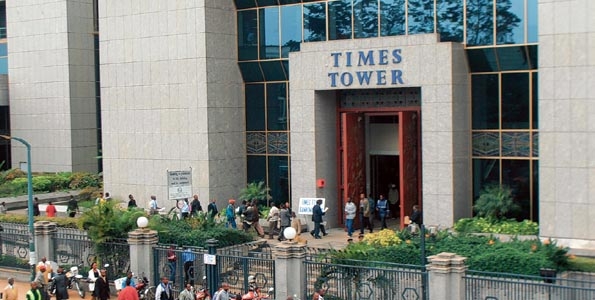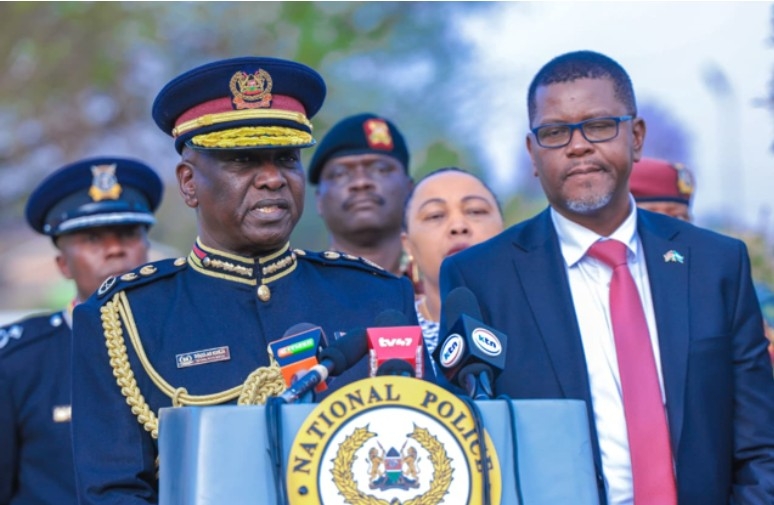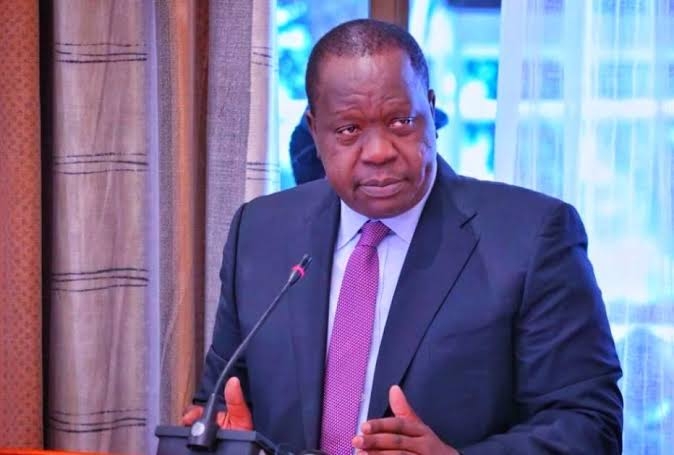

Karura Forest/File
A new initiative aimed at raising awareness on the
importance of Nairobi’s urban forests and their role in improving air quality
is set to be launched on Saturday.
The event, organised by UrbanBetter Nairobi Cityzens Hub,
will combine a walk and run with citizen science and storytelling to engage
residents, youth, policymakers and environmental actors in advocating for the
city’s green spaces.
Urban forests—including Karura, Oloolua, John Michuki Park
and City Park—act as the lungs of the city, filtering air pollutants,
regulating temperatures and mitigating climate-related health risks.
These spaces, however, face mounting threats from encroachment,
development pressures and neglect, undermining their vital contribution to
public health.
The hybrid run and walk will pass through key green areas,
with participants collecting real-time data using portable AirBeam3 sensors.
The live data will demonstrate the tangible benefits of
urban tree cover for cleaner air.
“The route passes through John Michuki Park and City Park,
allowing participants to experience these tree-rich areas while engaging in
conversations on urban air quality, planning and community stewardship,” said
Maryam Wangeshi Coordinator of UrbanBetter Nairobi Cityzens Hub.
The event is organised under the slogan “Misitu Yetu, Afya
Yetu, Haki Yetu” (our forests, our health, our rights). It seeks to rally
public support for the protection and expansion of Nairobi’s urban green
spaces, demonstrating how they directly influence air quality and public health
outcomes.
UrbanBetter Nairobi Cityzens Hub has already trained over 50
young leaders in Nairobi to use air quality data for advocacy. Through this
initiative, the organisation seeks to integrate physical activity, citizen
science and storytelling to foster environmental stewardship and cross-sector
dialogue on sustainable urban living.
Recent studies show that outdoor air pollution contributes
to nearly 18,700 premature deaths annually in Kenya, with 8,000 in Nairobi
alone.
Urban forests like Karura (1,041 hectares) and Oloolua (618
hectares) play a critical role in reducing exposure to pollutants, absorbing
gaseous contaminants, trapping particulate matter and moderating urban
temperatures.
The loss or degradation of these forests weakens the city’s
natural defenses, highlighting the urgent need for conservation and public
awareness.
The initiative builds on recent gains in monitoring and
managing air quality, including the deployment of 50 new sensors across Nairobi
through the Breathe Cities Initiative and the operation of advanced monitoring
stations at Mama Lucy Kibaki Hospital and Koja fire station.
Over 200 participants—including community members, youth
volunteers, environmental advocates and key partners—are expected to join the
walk and run.
Key stakeholders supporting the event include Friends of Karura and the Michuki Park station manager, who will facilitate access and coordination along the route.
The organisers hope that engaging residents directly with
green spaces and real-time air quality data will deepen their connection to
urban nature and foster a lasting culture of environmental stewardship.
By blending movement, storytelling and citizen science, the
initiative demonstrates the tangible benefits of urban forests, while calling
on policymakers and residents to protect and expand Nairobi’s green spaces.
It also emphasises the role of youth-led advocacy in shaping
public perception, promoting sustainable urban planning, and ensuring healthier
living environments for Nairobi residents.
Instant analysis
This initiative by UrbanBetter Nairobi Cityzens Hub is a timely response to Nairobi’s growing air pollution and the degradation of urban forests. By combining a walk and run with real-time air quality monitoring and storytelling, it directly engages residents, youth and policymakers in understanding the health and environmental benefits of green spaces. The event highlights how urban forests filter pollutants, regulate temperature and support climate resilience, while also empowering young leaders to advocate for sustainable urban planning. If sustained, such citizen-centered approaches can strengthen public awareness, foster environmental stewardship, and influence policy to protect Nairobi’s vital green infrastructure.


















